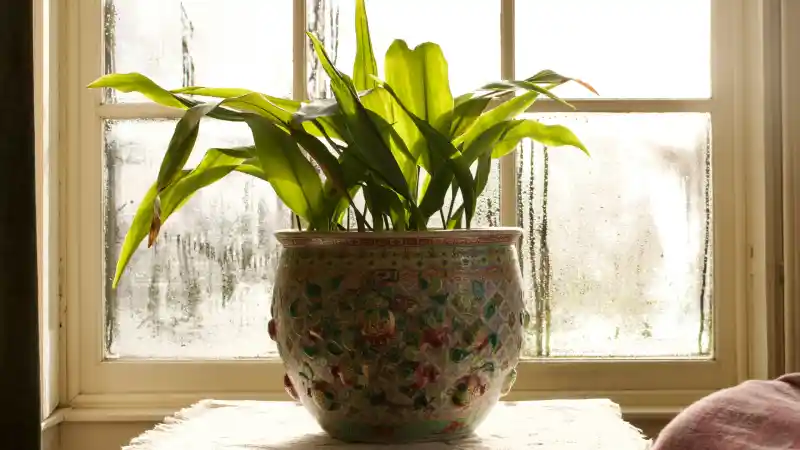Disclosure: This post may contain affiliate links, meaning we get a commission if you decide to make a purchase through our links, at no cost to you. Please read our disclosure for more info.
You’ve done well in investing in an ionized air purifier for your space and have even gone the extra mile to get an upgraded one that can target an outdoor setup. But how do you know if it is indeed doing its job?
A great read related to this is the details on a Dyson DP04 review as it is tested on outdoor use. However, we will tackle some points to check on your ionizer regardless of brand and give some helpful tips to ensure that your machine is working well.
In This Post:
You Are Not the Purifier
Air pollutants have grown in number and form. What we once worried over as allergens and smoke now include airborne bacteria, viruses, molds, and even secondhand smoke.
These days, if you don’t have an air purifier, you have become the air purifier for the room you are in–which is probably why big establishments have put great efforts to ensure that they have air purifiers installed.
This is troubling as health is essential, and when it comes to health, prevention is always better than curing or management. Having an air purifier, especially in enclosed spaces, is a preventive measure on your end.
However, because the machine remains a machine and there seem to be very limited ways to check if it is functioning as it should, you may have found yourself doubting its effectiveness or its use.
Below are some practical tips that you can do to take that anxious load off your chest and see for yourself that your machine was worth the investment:
1. Tiny Clean Ups Have Greater Impact
The technology behind ionized air purifiers enables them to draw in air and charge the oxygen molecules. This creates a chemical reaction that changes their size to either stick to the filters inside the machine or clump together and falls to the ground as dust particles.
This technology is why ionized air purifiers have been tested and proven to aid in lessening the spread of COVID-19, especially in enclosed spaces like hospitals.
However, understanding how this works means that the easiest maintenance check you can do and should be doing is to see for yourself just how much your purifier has done.
Vacuum the area where it is installed to see (and also to do the final clean up) particles that the machine has converted to dust.
2. Check the Airflow Regularly
The technology of your air purifier works in two ways. The first one mentioned above focuses on its ability to draw in air and clean it by charging it. The second one is to blow out the clean air.
Airflow pertains to your machine’s ability to breathe out clean air for you. You can, therefore, check your machine’s airflow to see if it doesn’t just do the first function. Feel through to check if your machine is indeed blowing out air.
Another way to check on airflow is to listen to the fans of your purifier. The fans shouldn’t be overworked and noisy (unless they’re set to the strongest mode). If they’re only on medium or quiet mode but remain noisy, your filters might need to be replaced or something else that a professional might be required.
3. Be Particular About Replacing Your Filters
Though some purifiers have their filter sensor telling you when it is time for replacement, manually checking to see how many particles have been trapped in the filters is also essential.
Always remember that the filter is what does most of the cleaning by taking in all the particles, so it should be replaced regularly. If the filters look dusty or have discoloration, they need to be replaced, even if the sensors don’t say so.
The biggest danger to forgetting to change filters is that a dirty filter can blow out dirty air. This destroys the main purpose of why you have an air purifier, to begin with, so do take this step as an essential one.
4. Invest in an Air Quality Monitor
Because purifying air means dealing with particles too small to see with the naked eye, investing in an air quality monitor will be the penultimate step to checking if your machine is indeed working.
These machines make the invisible visible by measuring the changes in the air quality and translating them into numbers.
Even though this means having another machine, it is quite easy to use: simply turn it on before turning on your purifier and record what is shown. Keep it on as you turn on your purifier, and the numbers should change.
Though most purifiers have their monitors, these built-in sensors aren’t particularly accurate; thus, having a separate machine to measure air content will be the true test of your investment.
Having an air purifier is a great investment as studies continue to show that it has benefits for preventing diseases and managing cleanliness.
If your purifier does face some problems, always make sure to see a professional and ensure that your investment is put to good use.




